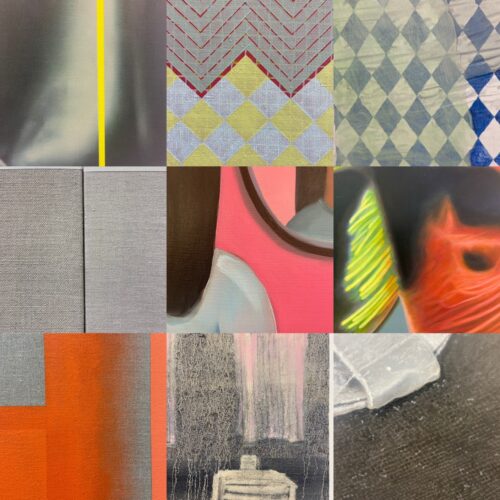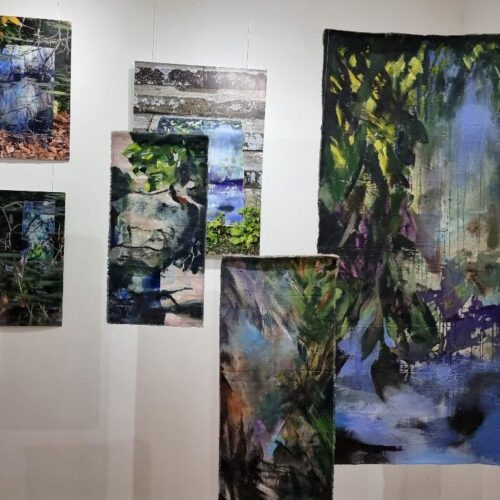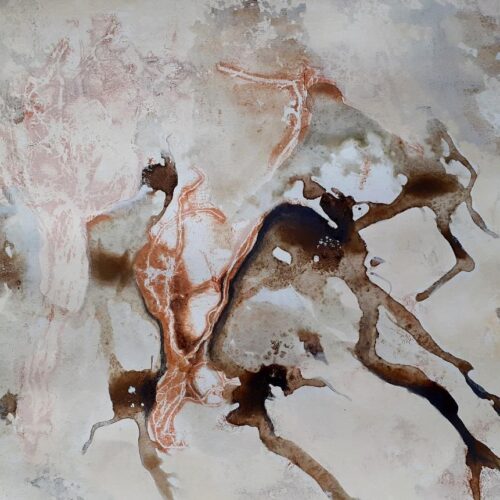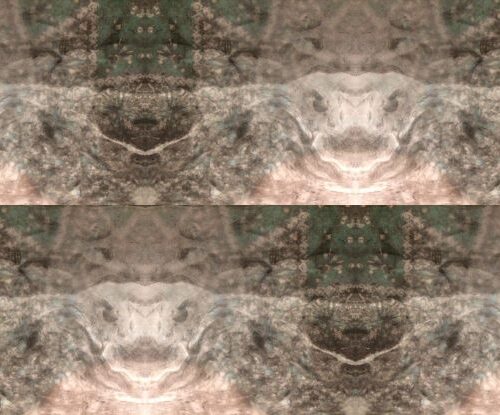
Study visit in London to see Caulfield and Hume
This is a post from the weareoca.com archive. Information contained within it may now be out of date.
This study visit on Monday 17th June, starting at 11am at Tate Britain, will provide an opportunity to see the work of two complementary British figurative painters from different generations in a single exhibition. Patrick Caulfield was a contemporary of David Hockney, RB Kitaj and Allen Jones at the Royal College of Art from 1960 to 1963. His inclusion in the seminal exhibition The New Generation at Whitechapel Art Gallery in 1964 quickly identified him with pop art. However, he always resisted the label, preferring to see himself as a ‘formal artist’ and as an inheritor of the tradition of Georges Braque, Juan Gris and Fernand Léger.  The artist, who died in 1905, was elected a member of the Royal Academy, was nominated for the Turner Prize and was honoured with a CBE. From his earliest works such as Still Life with Dagger of 1963, Caulfield’s paintings were characterised by flat areas of colour and by his encapsulation of objects in heavily drawn outlines. During the 1970s, as in Still-life: Autumn Fashion, the artist began to place these colourful backgrounds, whose exuberant decoration seemed more tangible than the objects in front of them. He combined this juxtaposition of two and three dimensions with other visual puns such as the highlighting of the fish tank and the painted landscape in After Lunch of 1975, which evoke the work of Matisse and Cézanne respectively.
The artist, who died in 1905, was elected a member of the Royal Academy, was nominated for the Turner Prize and was honoured with a CBE. From his earliest works such as Still Life with Dagger of 1963, Caulfield’s paintings were characterised by flat areas of colour and by his encapsulation of objects in heavily drawn outlines. During the 1970s, as in Still-life: Autumn Fashion, the artist began to place these colourful backgrounds, whose exuberant decoration seemed more tangible than the objects in front of them. He combined this juxtaposition of two and three dimensions with other visual puns such as the highlighting of the fish tank and the painted landscape in After Lunch of 1975, which evoke the work of Matisse and Cézanne respectively.
Gary Hume is another artist to have achieved fame through a landmark group exhibition.  As a fellow student of Damien Hirst’s at Goldsmith’s, he was included in Hirst’s near legendary Freeze exhibition of 1988 and later took part in Sensation at the Royal Academy. Since then his work has encompassed a range of subjects: iconic figures such as mothers and babies, friends and celebrities from Tony Blackburn to Kate Moss as well as images drawn from nature or childhood including flowers, birds and snowmen. The key comparisons to Caulfield are that just as the earlier artist used flat planes of un-modulated colour to create laconic images, so too does Hume use high gloss paint to create pared down works that are equally undemonstrative. This tight-lipped approach was to gain Hume his election to the Royal Academy and a nomination for the Turner Prize in 1996. For a place on this visit please email enquiries@oca-uk.com
As a fellow student of Damien Hirst’s at Goldsmith’s, he was included in Hirst’s near legendary Freeze exhibition of 1988 and later took part in Sensation at the Royal Academy. Since then his work has encompassed a range of subjects: iconic figures such as mothers and babies, friends and celebrities from Tony Blackburn to Kate Moss as well as images drawn from nature or childhood including flowers, birds and snowmen. The key comparisons to Caulfield are that just as the earlier artist used flat planes of un-modulated colour to create laconic images, so too does Hume use high gloss paint to create pared down works that are equally undemonstrative. This tight-lipped approach was to gain Hume his election to the Royal Academy and a nomination for the Turner Prize in 1996. For a place on this visit please email enquiries@oca-uk.com
|
|






